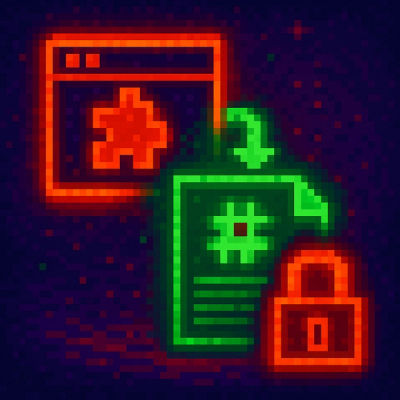DoData python library 0.7.2
In chip design, handling various data types efficiently is crucial:
- Simulations
- Layouts
- Verification results (DRC, LVS, etc.)
- Measurements
- Yield and qualification data

DoData provides a cutting-edge data storage solution designed specifically for the complexities of chip design. Our platform seamlessly integrates into your existing workflow, offering a scalable, efficient, and organized way to store, manage, and analyze all your critical data.
By using DoData, you can enhance efficiency, improve collaboration, and streamline your design process.
⚠ Notice: This tool requires an active GDSFactory+ subscription.
To learn more, visit GDSFactory.com.


Installation
We only support Python 3.11 or 3.12, and recommend VSCode IDE and UV. You can install UV on a terminal with the following commands:
curl -LsSf https://astral.sh/uv/install.sh | sh
powershell -ExecutionPolicy ByPass -c "irm https://astral.sh/uv/install.ps1 | iex"
Then you can install dodata with:
uv pip install "dodata[demos]" --upgrade
Setup
Ensure you create a .env file in your working directory with the following contents:
dodata_url = 'https://your.dodata.url.here'
dodata_user = 'dodata_user'
dodata_password = 'dodata_web_password'
dodata_db = 'your.dodata.database.url.here'
dodata_db_user = "db_username_here"
dodata_db_password = "db_password_here"
dodata_db_name = "dodata"
data_db_port = 5432
debug = False
The .env file should be in the same directory where you run the notebooks or in a parent directory.
Run notebooks
To run the notebooks, you can use either VSCode or JupyterLab:
- VSCode: Ensure you select the same Conda Python interpreter where the packages were installed.
- JupyterLab: Launch JupyterLab by running jupyter-lab from the same terminal used for the installation.
Run the notebooks in the following order:
1_generate_layout: Generates the GDS layout and a CSV device manifest, including device coordinates, settings, and analysis.2_generate_measurement_data: Generates CSV measurement data.3_upload_measurements: Uploads wafer definitions, measurement data and trigger analysis.4_download_data: Downloads analysis using specific queries.5_delete: Deletes data as needed.






